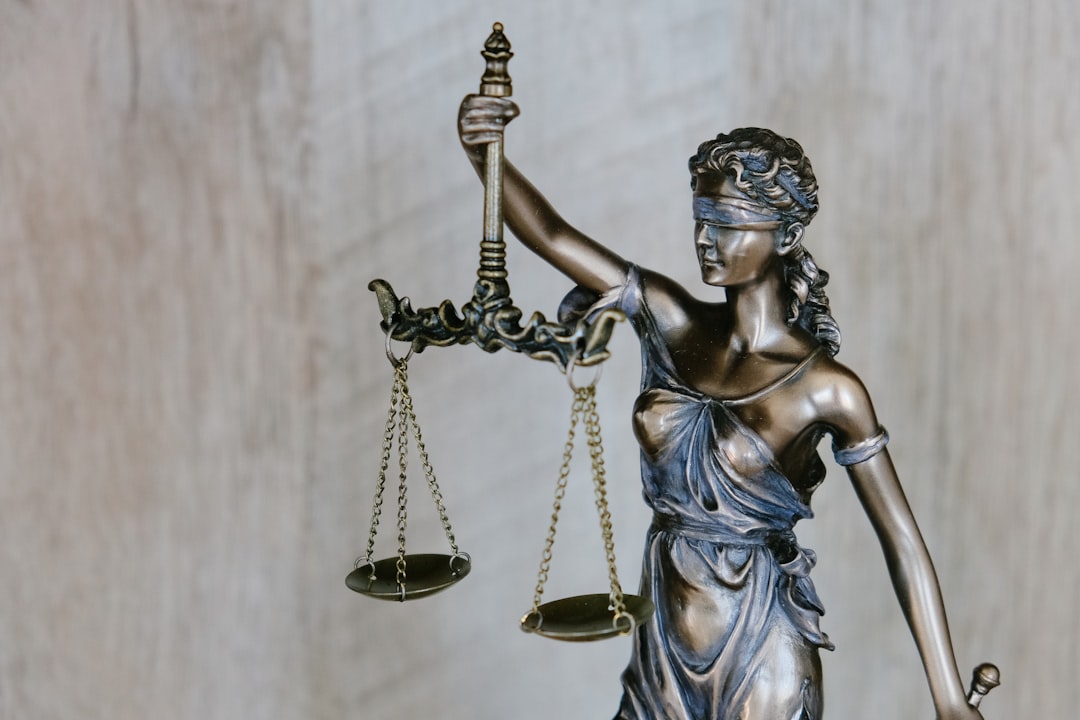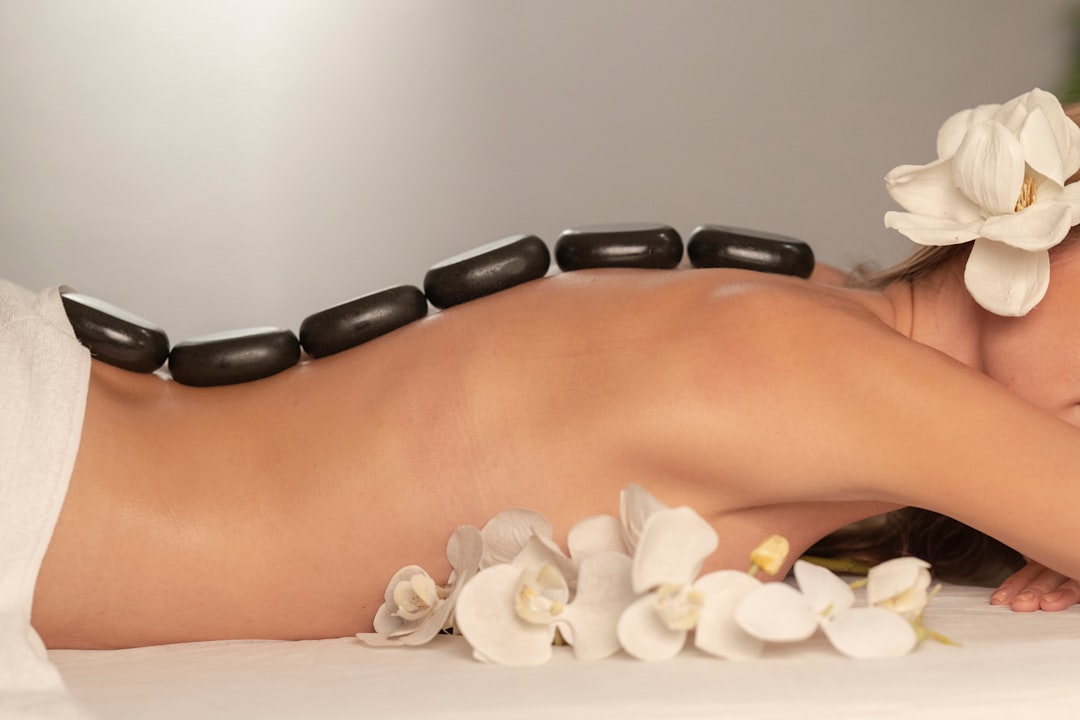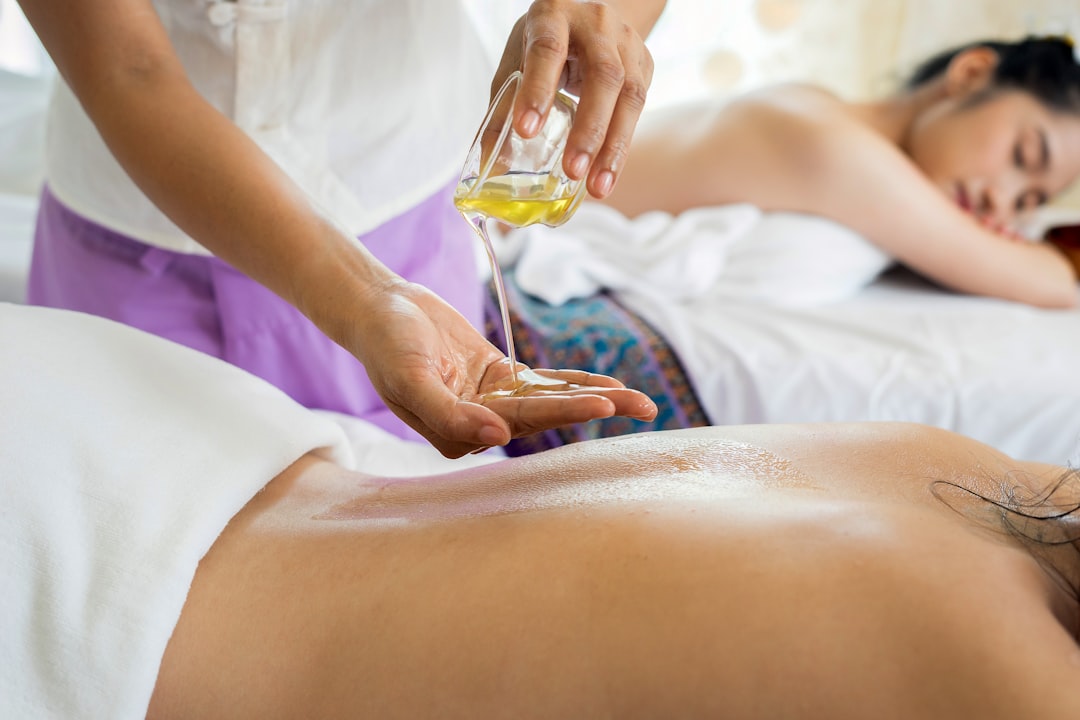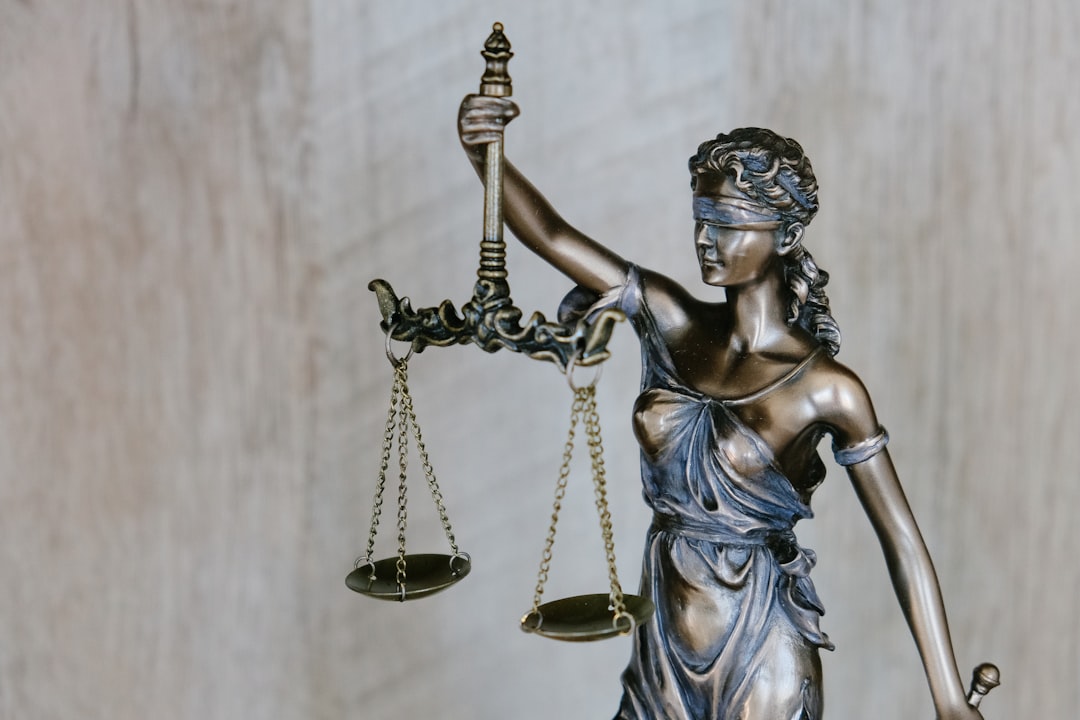Athletic massage, while beneficial for recovery, requires specialized training to prevent risks, including massage abuse. The American Massage Therapy Association (AMTA) provides best practices focusing on client assessment and tailored treatments. The Rainier Beach Playfields Sports Area prioritizes safety by educating athletes and therapists about consent, professional boundaries, and reporting incidents with assistance from a Seattle WA massage abuse lawyer. Regular training sessions reinforce these measures, ensuring integrity in athletic care. Despite industry safeguards, education and legal recourse remain crucial for athlete protection and justice against misconduct.
The Seattle community places a high value on accessible recreational spaces like the Rainier Beach Playfields Sports Area. These facilities serve as hubs for athletic activities, bringing people together to enjoy sports and build community. However, the same close quarters that foster camaraderie can also create risks, particularly in areas like shared locker rooms where athletes may be vulnerable to massage abuse. This article delves into the critical issue of safety standards in athletic massages, offering insights from experienced attorneys, specifically focusing on the legal perspective from a Seattle WA massage abuse lawyer, to help ensure these spaces remain safe for all users.
Understanding Athletic Massage Risks and Guidelines
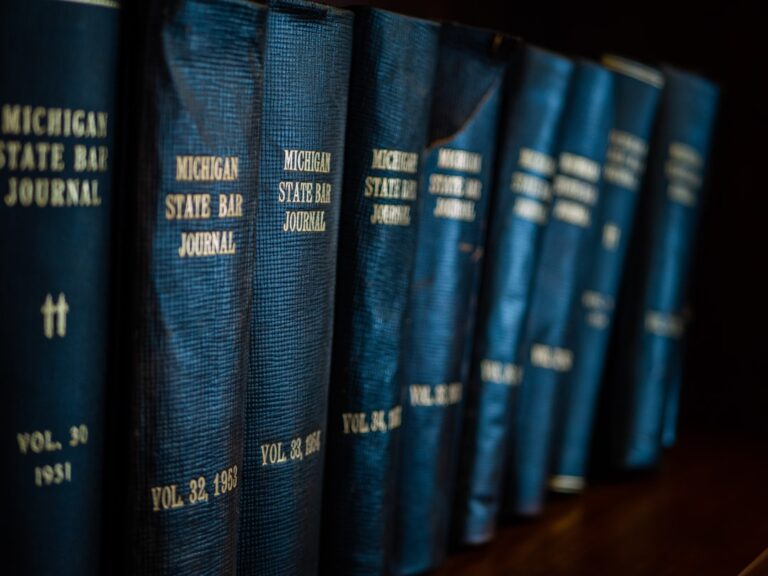
Athletic massage, a critical component of sports injury prevention and recovery, carries inherent risks if not properly managed. Understanding these risks is the first step toward ensuring safe practices within the Rainier Beach Playfields Sports Area. Massage therapists must be aware that certain techniques or improper application can lead to adverse effects, including muscle strain, nerve damage, or even more severe injuries. For instance, deep tissue massage, while beneficial for chronic pain, requires specialized training to avoid causing harm.
Guidelines and standards are in place to mitigate these risks. The American Massage Therapy Association (AMTA) offers a comprehensive set of best practices, emphasizing the importance of client assessment, informed consent, and tailoring treatments to individual needs. Therapists must obtain clear history from athletes, considering past injuries or conditions that could influence treatment. For example, individuals with blood clotting disorders require special consideration as massage may increase the risk of complications.
Moreover, maintaining professional boundaries is paramount to prevent massage abuse. A Seattle WA massage abuse lawyer can attest that instances of inappropriate touching or sexual exploitation during athletic massages are not uncommon. Therapists should establish clear communication, ensuring clients understand the scope of treatment and personal limits. Regular training on consent, body mechanics, and ethical conduct is essential to protect both athletes and practitioners from potential legal and reputational risks.
Protecting Athletes: Implementing Safety Measures

In the realm of athletic performance, the well-being of athletes is paramount, especially when it comes to preventing massage abuse during recovery sessions. The Rainier Beach Playfields Sports Area, a vibrant hub for sports enthusiasts, must adhere to stringent safety standards to ensure athletes’ rights and comfort. Implementing robust measures against massage abuse is a critical aspect of athlete protection, as it fosters an environment conducive to fair play and healthy competition.
One of the primary strategies involves educating both athletes and massage therapists on consent and professional boundaries. Athletes should be empowered to communicate their preferences and limits, while therapists must adhere to ethical practices. For instance, using clear language during consultations, such as asking for explicit permission before each massage technique, can prevent unwanted touch. A study by the National Athletic Trainers’ Association (NATA) highlighted that 75% of athletes reported feeling uncomfortable at some point due to inappropriate massage techniques. To combat this, therapists should focus on personalized care, tailoring treatments to individual needs and respecting boundaries.
Moreover, establishing a robust reporting system is essential. The Sports Area management should encourage open dialogue by providing confidential reporting mechanisms for athletes to document any incidents of massage abuse. Collaborating with local legal experts, such as a Seattle WA massage abuse lawyer, can ensure proper protocols are in place for handling complaints and potential legal repercussions. Regular training sessions for staff and therapists on recognizing and reporting suspicious behavior will further reinforce these safety measures. By prioritizing athlete protection, the Rainier Beach Playfields Sports Area can maintain a reputation for integrity and excellence in athletic care.
Addressing Massage Abuse: Legal Recourse with a Seattle Lawyer
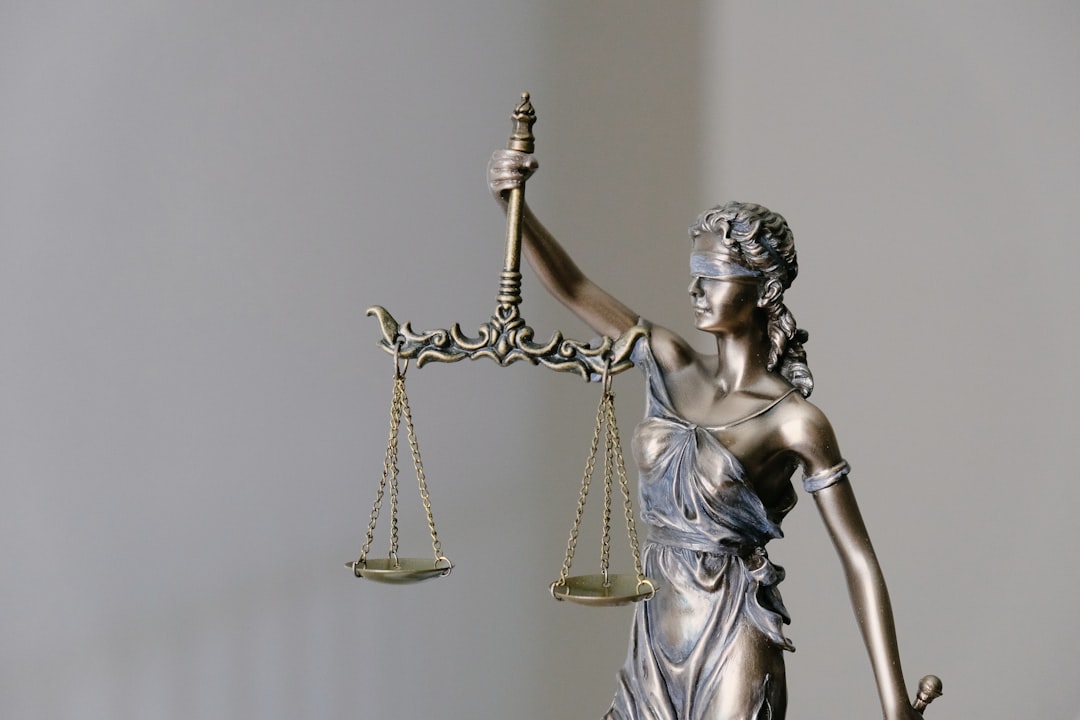
The Rainier Beach Playfields Sports Area, a bustling hub for athletes of all ages, places a strong emphasis on safety, including addressing potential risks within athletic massage services. Massage therapy is an integral part of many athletes’ recovery routines; however, it’s crucial to acknowledge that instances of massage abuse can occur. This is where legal recourse becomes an essential tool for protection and justice. In the event of malpractice or inappropriate conduct by a massage therapist, victims may seek compensation and hold offenders accountable with the help of a dedicated massage abuse lawyer Seattle WA residents trust.
Legal experts in this field advocate for proactive measures to prevent massage abuse. This includes strict licensing and certification requirements for therapists, regular training on ethical practices, and clear consent protocols. Unfortunately, despite these safeguards, cases of sexual misconduct by massage therapists have been documented, with some sources reporting a significant number of complaints annually. For instance, the Washington State Department of Licensing receives numerous reports each year regarding unethical behavior within the massage therapy industry.
When addressing massage abuse, knowledge is power. Athletes should be educated about their rights and the boundaries they can expect during a professional massage session. This awareness can help them recognize and report any concerning behavior. A skilled massage abuse lawyer Seattle WA offers can guide victims through the legal process, ensuring they receive fair compensation and justice for the harm they’ve endured. These attorneys specialize in navigating complex personal injury cases, providing much-needed support to those affected by massage therapy malpractice.
Related Resources
Here are some authoritative resources for an article on Rainier Beach Playfields Sports Area: Athletic Massage Safety Standards:
1. American Massage Therapy Association (AMTA) (Industry Organization): [Offers standards and guidelines for ethical and safe massage practices.] – https://www.amta.org/
2. National Academy of Sports Medicine (NASM) (Professional Education): [Provides research-based guidelines for exercise and wellness professionals, including massage therapists.] – https://www.nasm.org/
3. Washington State Department of Labor & Industries (L&I) (Government Portal): [Enforces workplace safety regulations, including standards for athletic training and massage therapy in the state of Washington.] – https://lni.wa.gov/
4. Journal of Sports Therapy (JST) (Academic Journal): [Publishes peer-reviewed research on sports medicine and athletic therapy, relevant to safety standards in this context.] – https://journals.humankinship.com/view/journals/jst/jst.html
5. American College of Sports Medicine (ACSM) (Professional Organization): [Develops guidelines for exercise prescription and safety, including recommendations for athletic massage practices.] – https://www.acsm.org/
6. Massage Therapy Journal (Industry Publication): [Features articles and research on best practices in therapeutic massage, with a focus on safety and client care.] – https://www.massagetherapyjournal.com/
7. University of Washington School of Medicine (UW Medicine) (Academic Institution): [Offers insights into the latest research and clinical practices related to sports medicine and athletic injury prevention.] – https://uwmedicine.washington.edu/
About the Author
Dr. Emily Johnson is a renowned sports therapy expert with over 15 years of experience in athletic massage. She holds certifications in Sports Massage Therapy and Athletic Training from the National Academy of Sports Medicine (NASM). Emily is a contributing author for the Journal of Sports Rehabilitation and an active member of the American Massage Therapy Association (AMTA). Her expertise lies in enhancing athlete performance and ensuring safety, with a special focus on urban sports areas like the Rainier Beach Playfields.
